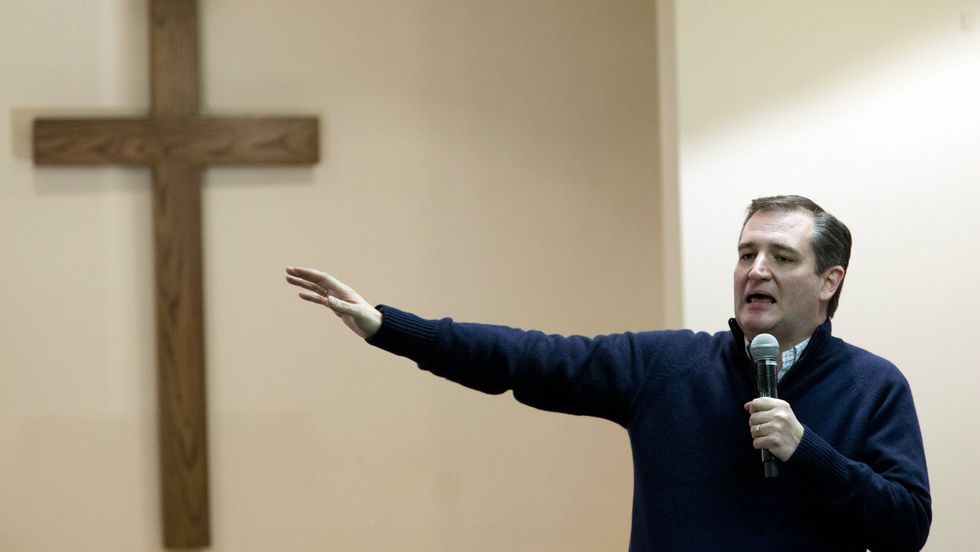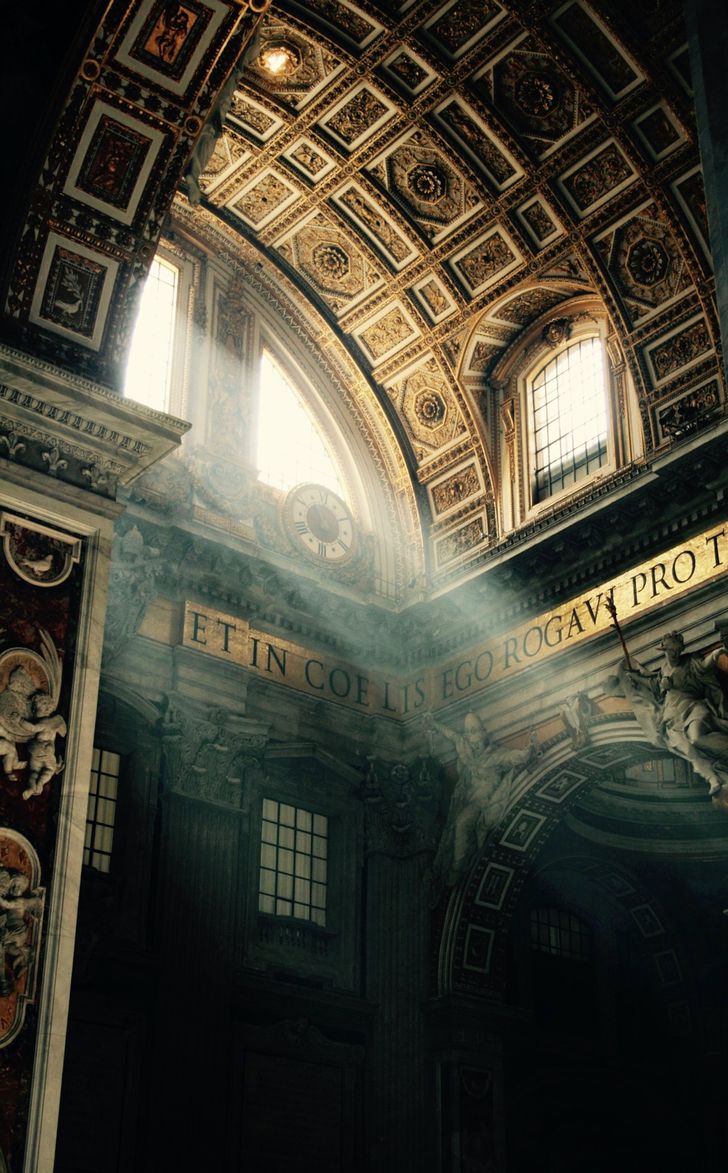One of the most notable changes in the American South over the course of the last fifty years is the undeniable partisan shift from being yellow dog Democrats to avid supporters of the Republican Party. There are many explanations presently offered as to why this change occurred: race, class, civil rights, and in-migration are among a few. However, in my opinion, there is only one explanation that can accurately explain the shift from blue to red, as well as why the Republican Party has adopted many of the political ideologies that it currently promotes—religion. Of course, it is not my wish for my opinion to be accepted as correct without providing any substantive evidence for this claim. From here, I will highlight three separate pieces of literature that support the idea that religion is the most important factor in why the South has experienced a partisan shift from Democrat to Republican.
Race, Religion, and Economic Change in the Republican South
Race, religion, and economic change in the Republican South: a study of a southern city is a book written by Matthew T. Corrigan published in 2007 by the University Press of Florida. The southern city that Corrigan decided to focus on in Jacksonville, Florida, and how much of an impact religion has on political preference there. Throughout the course of his book, he provides tables with statistical data mapping out answers to politically-charged questions based on whether the interviewee is white, black, Republican, Democrat, and Churchgoing. Corrigan believes that religious worship, in the context of Jacksonville, is a source of racial segregation, which in turn has made them sources of political segregation as well, with Democrats dominating black churches, and Republicans dominating white churches.
Corrigan determines that the rise of the Republican Party in the South has been particularly influential due to conservative Protestant and Catholic churches. Corrigan (2007) writes, “The prominence of conservative white churches in the Republican Party has brought different types of issues to the political forefront” (p. 87). A few of these issues that Corrigan mentions are being pro-life, protecting prayer in schools, and the condemnation of gay marriage among Republican political leaders. Corrigan argues that without the importance that these issues see within various churches, they would not assume as high of a profile that they have within the Republican Party.
The major contribution of Corrigan’s research, in my opinion, is that it illustrates the importance that religion, namely conservative Christian religion, has had on influencing the policy and social standpoints that are prevalent among the Republican Party. Because the Republican Party, and not the Democratic Party, has chosen to embrace these views stemming from religious beliefs, Republicans began to receive the votes from these religiously conservative people. One limitation of Corrigan’s research is that although he acknowledges the fact that political segregation exists among racially segregated congregations, he does not venture further into figuring out why that is the case. Instead, he uses this information as the basis for his argument that religion is an exceptional factor influencing Republican support in this case study.
Pastors, Not Politicians, Turned Dixie Republican
“Pastors, Not Politicians, Turned Dixie Republican” is an article written by Chris Ladd published on March 27, 2017, by Forbes Magazine. Ladd is determined in his piece to prove that religion is the determining factor, rather than the infamous southern strategy, in transforming the South into a Republican stronghold. In fact, Ladd boldly states that the southern strategy was not a successful Republican initiative that actually ended up burying them. The real shift in political affiliation began in 1979, when the Southern minister, Jerry Falwell, formed an organization called Moral Majority. The organization was brought on in an effort to continue allowing religious organizations to run their own private schools. The following year Reverend W.A. Criswell, the head of the Southern Baptist Convention, and other Southern Baptist leaders hosted a rally for the then-Republican Presidential candidate, Ronald Reagan. During the rally, Reagan promised to protect private religious schools, which initiated a massive wave of activism within pulpits to support Reagan.
Ladd suggests that it was in the ‘90s, rather than the ‘70s, that Southern conservatives finally began identifying with the Republican Party. Thanks to Reverend Criswell, the Southern Baptist Convention, and their unwavering support for President Reagan from inside the church walls, “An enormous wave of party-switching transformed grassroots politics in the South” (Ladd, 2017). In 2002, Republicans gained control of the Texas state legislature for the first time since reconstruction, and once Republicans gained control of the Arkansas state legislature in 2014 it was settled: Republicans were in control of every single state legislature of the former Confederacy.
The major contribution of Ladd’s research is that the southern strategy, which is typically dubbed as the turning point in the South’s shift from Democrat to Republican, was not actually the major contributing factor in that change. The change, according to Ladd, occurred once pastors decided to openly endorse political candidates, namely Republican political candidates, in their churches after hosting a rally in support of Ronald Reagan. This is critical in the argument that the partisan shift in the South is due to religion because it unequivocally names religion as directly influencing the party-switching that occurred. One limitation from Ladd’s research is that he claims that the southern strategy had no impact on the partisan change in the American South, but he does not really go into great detail explaining why that is true, nor does he provide any data other than Republicans gaining traction more than twenty years later to back up that claim.
Billy Graham and the Rise of the Republican South
Billy Graham and the Rise of the Republican South is a book written by Steven P. Miller published in 2011 by the University of Pennsylvania Press. In his book, Miller pays special attention to Billy Graham’s affinity for President Richard Nixon and the support that Graham professed for his campaigns. As Billy Graham reached the height of his national and international position, he began to publicly express support for Nixon’s presidency. Thanks to his support during the campaign, as well as the close relationship that developed between Graham and Nixon, Graham spoke and delivered a prayer at Nixon’s 1969 presidential inauguration and served in a public capacity as “White House chaplain,” as well as a political adviser to Nixon and his aides.
Miller points out that Graham’s close relationship with Nixon was a severe risk to his reputation, even before the onset of the Watergate scandal. “For a two-decade stretch extending through the presidential election of 1972, Nixon stood as Graham’s model national leader, a political risk worth taking” (Miller, 2011, p. 126). Miller also argues that Graham, in addition to a staunch supporter of Nixon, operated as a GOP partisan and was implicitly and directly involved in Nixon’s southern strategy. Graham’s clear admiration and support for Nixon revealed his underlying personal political values and coincidentally intertwined his ministry with political activism.
The major contribution of Miller’s research is that it clearly shows that Billy Graham had demonstrable ties to the Republican Party via his unwavering support of President Nixon. This is exceptionally important in verifying a partisan change in the South is brought about by religion, because not only is Billy Graham arguably the most famous evangelical Christian minister of all-time, but perhaps even more importantly—he’s a Southerner. The fact that Graham is admired among Southern Christians, serves as an effective means of explaining religion’s influence in the partisan change of the South. One limitation of Miller’s research is that although he mentions Billy Graham’s role in Nixon’s southern strategy, he does not explain in detail what that strategy is. Instead, he describes at length the derivation of that strategy that he calls “Billy Graham’s southern strategy.”
Through the information presented in Corrigan’s, Ladd’s, and Miller’s research, I believe that they effectively argue that religion was the catalyst for the partisan change of the American South. Corrigan details how certain policy and moral viewpoints, such as being pro-life, became prevalent within the Republican Party thanks to conservative Christians; Ladd points out that the party-switching in the South did not occur until the 1990s, after Christian leaders began expressing public support for President Reagan from the pulpit; and Miller details Billy Graham’s role in President Nixon’s campaign, White House, and strategy in attaining Republican support among Southern voters. These three key findings are essential to understanding the role that religion played in transforming the once Democratic bastion into a Republican stronghold.
References
Corrigan, M. T. (2007). Race, religion, and economic change in the Republican South: a study of a southern city. Gainesville, FL: University Press of Florida. doi:10.5744/florida/9780813031606.001.0001
Ladd, C. (2017, May 22). Pastors, Not Politicians, Turned Dixie Republican. Retrieved November 28, 2017, from https://www.forbes.com/sites/chrisladd/2017/03/27/...
Miller, S. P. (2011). Billy Graham and the rise of the republican south. Philadelphia, PA: University of Pennsylvania Press. doi:10.2307/40662964



 women in street dancing
Photo by
women in street dancing
Photo by  man and woman standing in front of louver door
Photo by
man and woman standing in front of louver door
Photo by  man in black t-shirt holding coca cola bottle
Photo by
man in black t-shirt holding coca cola bottle
Photo by  red and white coca cola signage
Photo by
red and white coca cola signage
Photo by  man holding luggage photo
Photo by
man holding luggage photo
Photo by  topless boy in blue denim jeans riding red bicycle during daytime
Photo by
topless boy in blue denim jeans riding red bicycle during daytime
Photo by  trust spelled with wooden letter blocks on a table
Photo by
trust spelled with wooden letter blocks on a table
Photo by  Everyone is Welcome signage
Photo by
Everyone is Welcome signage
Photo by  man with cap and background with red and pink wall l
Photo by
man with cap and background with red and pink wall l
Photo by  difficult roads lead to beautiful destinations desk decor
Photo by
difficult roads lead to beautiful destinations desk decor
Photo by  photography of woman pointing her finger near an man
Photo by
photography of woman pointing her finger near an man
Photo by  closeup photography of woman smiling
Photo by
closeup photography of woman smiling
Photo by  a man doing a trick on a skateboard
Photo by
a man doing a trick on a skateboard
Photo by  two men
two men  running man on bridge
Photo by
running man on bridge
Photo by  orange white and black bag
Photo by
orange white and black bag
Photo by  girl sitting on gray rocks
Photo by
girl sitting on gray rocks
Photo by  assorted-color painted wall with painting materials
Photo by
assorted-color painted wall with painting materials
Photo by  three women sitting on brown wooden bench
Photo by
three women sitting on brown wooden bench
Photo by 
 Photo by
Photo by  Photo by
Photo by  Photo by
Photo by  Photo by
Photo by 


 people sitting on chair in front of computer
people sitting on chair in front of computer



 all stars lol GIF by Lifetime
all stars lol GIF by Lifetime two women talking while looking at laptop computerPhoto by
two women talking while looking at laptop computerPhoto by  shallow focus photography of two boys doing wacky facesPhoto by
shallow focus photography of two boys doing wacky facesPhoto by  happy birthday balloons with happy birthday textPhoto by
happy birthday balloons with happy birthday textPhoto by  itty-bitty living space." | The Genie shows Aladdin how… | Flickr
itty-bitty living space." | The Genie shows Aladdin how… | Flickr shallow focus photography of dog and catPhoto by
shallow focus photography of dog and catPhoto by  yellow Volkswagen van on roadPhoto by
yellow Volkswagen van on roadPhoto by  orange i have a crush on you neon light signagePhoto by
orange i have a crush on you neon light signagePhoto by  5 Tattoos Artist That Will Make You Want A Tattoo
5 Tattoos Artist That Will Make You Want A Tattoo woman biting pencil while sitting on chair in front of computer during daytimePhoto by
woman biting pencil while sitting on chair in front of computer during daytimePhoto by  a scrabbled wooden block spelling the word prizePhoto by
a scrabbled wooden block spelling the word prizePhoto by 
 StableDiffusion
StableDiffusion
 StableDiffusion
StableDiffusion
 StableDiffusion
StableDiffusion









